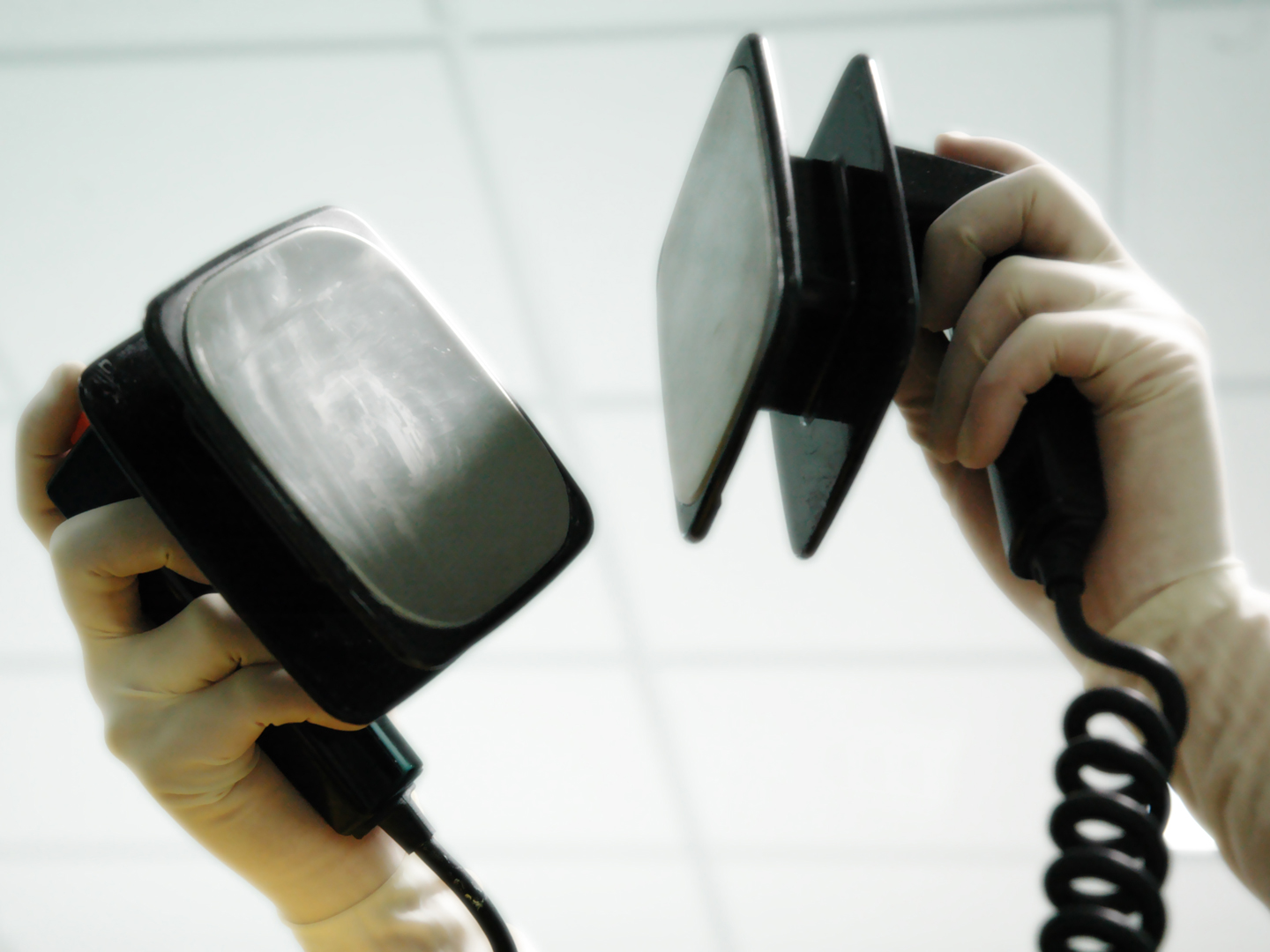Monitoring Blood Pressure at Home?
My doctor just suggested that I buy a device to check my blood pressure at home. He said checking my pressure at home can be better than having him do it in the office. What do you think?
Andrew Weil, M.D. | April 29, 2005

In December 2004 the American Heart Association (AHA) issued a scientific statement explaining that blood pressure measurements taken by doctors in their offices may actually be unreliable in many patients and that at-home monitoring can give you a better idea of your pressure and even your risk of heart disease.
Of course, you want to be sure that blood pressure readings you get at home are correct. You can now buy reliable automated electronic devices to check your pressure – they cost between $50 and $100 dollars and are available at almost any drug store. The AHA recommended taking the device into the doctor’s office to check it against the blood pressure measurement you get there. Many fire stations will also check your blood pressure as a courtesy.
Your blood pressure can vary a lot depending on whether it is taken at home when you’re relaxed or at the doctor’s office when you may be anxious – a phenomenon called “white-coat hypertension.” To find out what it is normally, it is best to check it at regular intervals, and at various times of the day and night when you’re going about your normal activities. The idea is to keep a log of your readings to show your doctor during your next appointment. I suggest taking it three or four times a day. If you have white-coat hypertension, your log over a month or so will reveal the difference between your average blood pressure at home and at the doctor’s. You also can get a blood pressure reading in the doctor’s office that is lower than your normal pressure, which is another good reason to monitor your pressure at home.
Since high blood pressure generally doesn’t cause symptoms, monitoring it is the only way to know if you have it. If it is higher than it should be then you and your doctor will know that you need to make lifestyle changes or take medication to bring your pressure down. Lifestyle changes should always include relaxation training, such as biofeedback or breath work.
Finally, keeping track of your pressure at home can also help motivate you to make the necessary lifestyle changes or take the medication you need to keep it in the normal range.
Andrew Weil, M.D.
Want to learn more about aging gracefully? Join Dr. Weil on Healthy Aging today!










